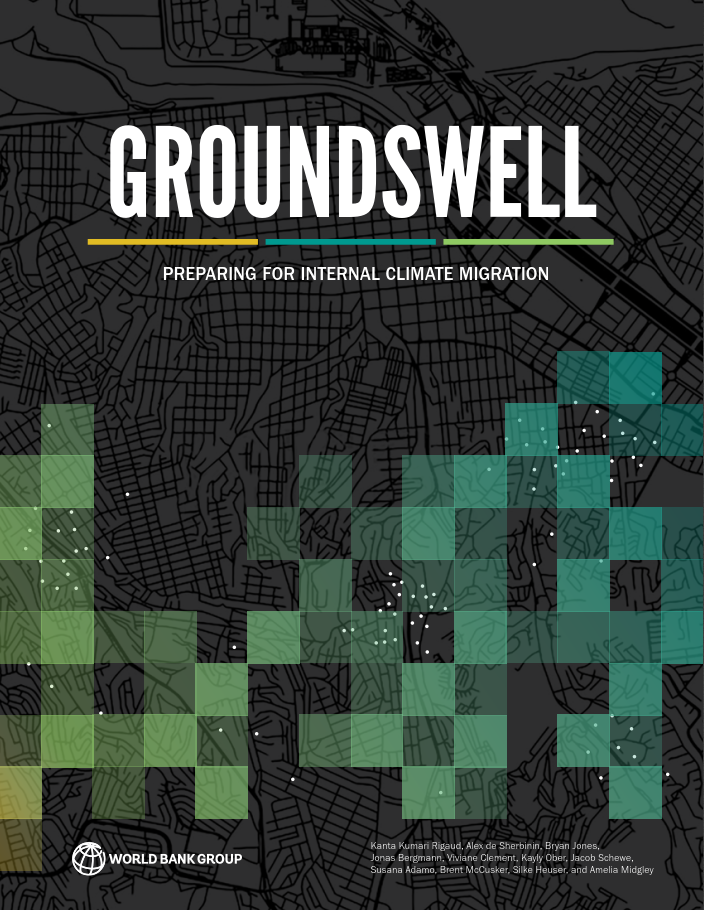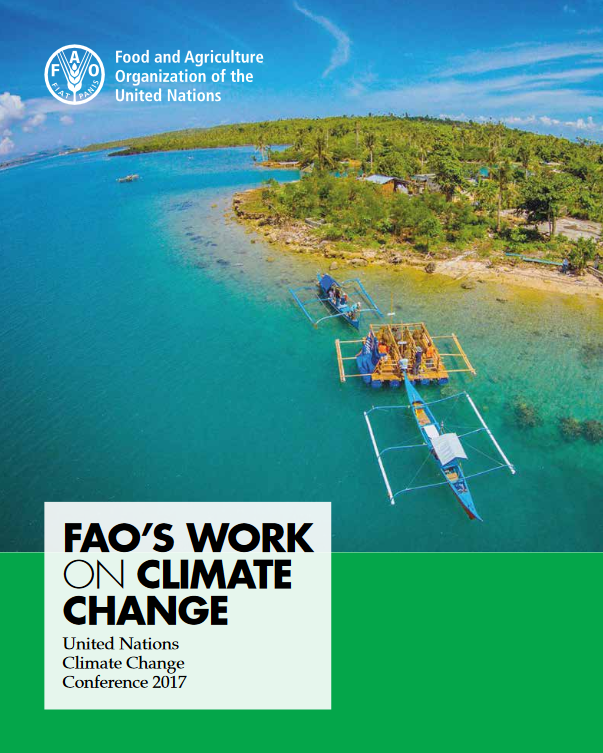Between socio-economic drivers and policy response: spatial and temporal patterns of tree cover change in Nepal
Despite the local and global importance of forests, deforestation driven by various socio-economic and biophysical factors continues in many countries. In Nepal, in response to massive deforestation, the community forestry program has been implemented to reduce deforestation and support livelihoods. After four decades of its inception, the effectiveness of this program on forest cover change remains mostly unknown.




